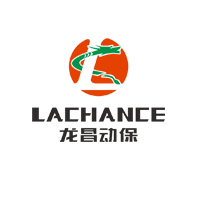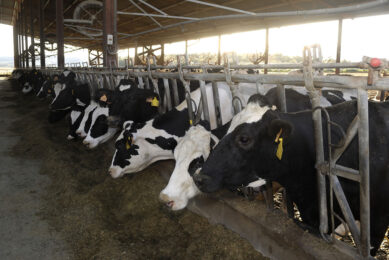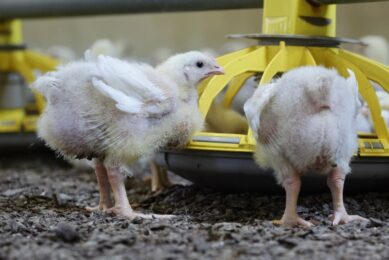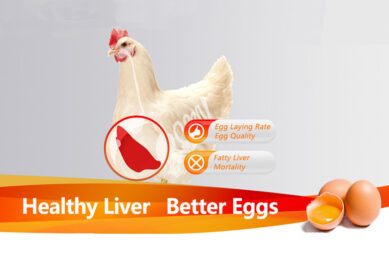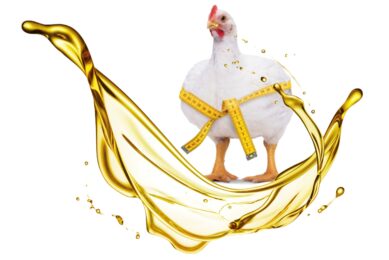Improving egg quality with bile acids
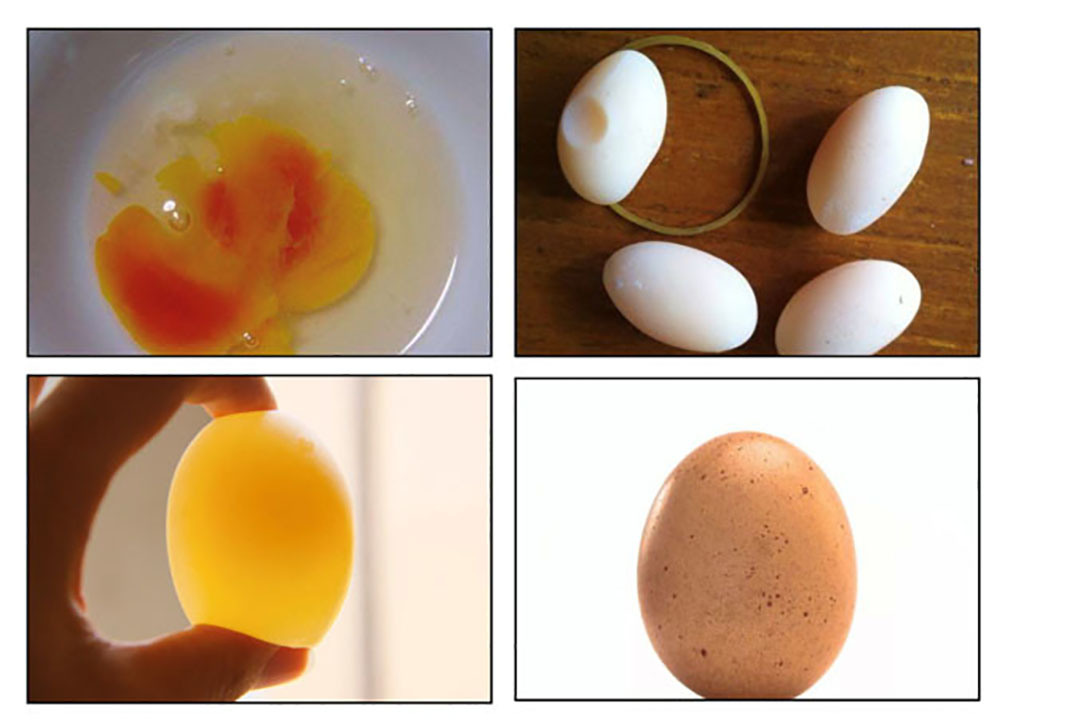
Bile acids have the role of promoting fat digestion and absorption (including fat-soluble substances), improving feed utilisation, protecting liver and gallbladder health, alleviating fatty liver and hepatitis diseases. These factors combined show that bile acids can improve carcass and egg quality.
Egg quality problems are a very common issue for laying hen breeders. According to statistics, about 6-8% of eggs are lost every year globally due to egg quality problems. Egg quality includes the external quality and internal quality of the egg. External quality problems includes eggshell damage, cracks, thin shells, deformities, colour irregularities and dirty eggs. Internal quality problems include thin protein, light egg yolk, blood spots, meat spots and foreign objects. There are many reasons for egg quality problems, including the variety of laying hens, disease, age of laying hens, feed nutrition, feeding management, storage and transportation.
Reasons for egg quality decline in laying hens
At present, it is found that egg quality decreases with the increase of age of laying hens and the digestive parameters such as bile acids content, lipase and trypsin in laying hens. Under normal circumstances, the quality of eggs produced by laying hens peaks at 34 weeks of age. With the increase of age, the quality of eggs begins to decline gradually.
The changes in intestinal digestive parameters of laying hens also showed that bile acids content, lipase, trypsin, chymotrypsin and amylase activities in laying hens at 44 weeks of age were significantly lower than those at 34 weeks of age. After 44 weeks, the rate of decline is faster with the increase of age. Studies have also shown that the increase of eggshell weight with the increase of egg age is far less than the increase of egg weight. The main reason is the lack of nutrients such as calcium and phosphorus absorbed by laying hens. Digestive parameters of laying hens at different stages also verifies this.
Physiological function of bile acids
Bile acids is a steroid found in bile, which in the form of sodium salt or potassium salt is the main organic component of bile. The current study found that the functions of bile acids in animals include:
- Bile acids participate in the digestion and absorption process of fat and fat-soluble substances, emulsification, activating lipase, and transporting fatty acids during fat digestion and absorption;
- Bile acids stimulate liver secretion to promote the excretion of liver toxins to protect the liver;
- Bile acids maintain cholesterol balance in the liver;
- Bile acids have a bactericidal function in the intestine.
Application of bile acids in improving egg quality
The role of bile acids in improving egg quality mainly lies in reducing the proportion of broken eggs, improving eggshell colour, increasing the concentration of concentrated protein, Haugh unit, improving the colour of egg yolk, etc. At present, a large number of laying hens are fed bile acids in the late laying period. In addition to the significant improvement in egg quality, the incidence of fatty liver disease is also significantly reduced, the survival rate of laying hens is significantly improved, and the egg ratio is significantly reduced. At the same time, the addition of bile acids in the diet of Hy-Line Brown showed that the addition of bile acids in the diet can increase the concentration of concentrated protein, Haugh unit and egg yolk, and reduce the proportion of broken eggs of Hy-Line Brown.
The experiment used 240-day-old Hy-Line Brown to test different concentrations of bile acids. The test increased the egg yolk colour, the concentration of concentrated protein and the Haugh unit with the addition of bile acids for 42 days (see Table 1). With the increase of bile acid additions of 50, 100 and 150 ppm, the chromaticity of egg yolk colour respectively increased by 0.27, 1.16 and 2.33; the concentration of concentrated protein respectively increased by 0.42, 0.7 and 0.87 mm; the Haugh units respectively increased by 3.15, 5.52 and 6.19.
At the same time, 730-day-old Hy-Line Brown were selected for the 2-factor test of bile acids and choline chloride. The results showed that the addition of bile acids can increase the eggshell thickness and reduce the broken egg rate (see Table 2) and bile acids have synergistic effects with choline chloride. Adding 100ppm bile acids can increase the eggshell thickness by 0.02mm and reduce the total broken egg by 1.13%. When 2000 g/t of choline chloride was added, the addition of 100 ppm of bile acids could increase the egg-shell thickness by 0.02 mm and reduce the rate of broken eggs by 3.43%.
Mechanism of bile acid to improve egg quality
The mechanism to improve egg quality by adding bile acids to the diet of laying hens is related to the function of bile acids. First, bile acids can promote the absorption of fats and fat-soluble substances, especially the absorption of fat-soluble vitamin D3. Vitamin D3 promotes the formation of calcium-binding proteins in intestinal mucosal cells, thereby can promote the active absorption of calcium and transport more calcium to eggshells. The content of eggshell increases, the proportion of broken eggshells decreases, and the main components of pigment in egg yolk are lutein and carotene, which are fat-soluble substances. These substances are fully absorbed and deposited in egg yolk and enhance the yolk colour; secondly, the concentration of the concentrated protein is related to the Haugh units, both of which are related to the egg protein quality.
Bile acids are therefore an ideal additive to improve egg quality in laying hens. The addition of bile acids in the diet of the laying hens in the late laying period can just compensate for the problem of low bile acids content, lipase and trypsin activity because of physiological factors.
Author: Bai Xiuyun, Li Jinbao, Lachance


